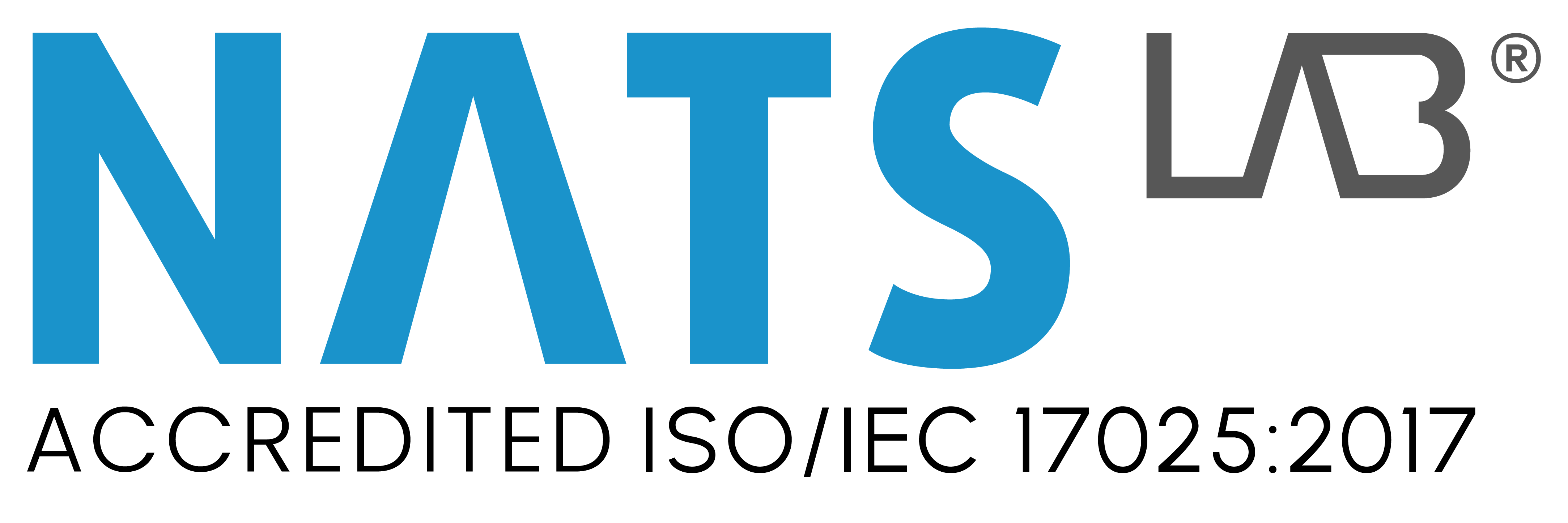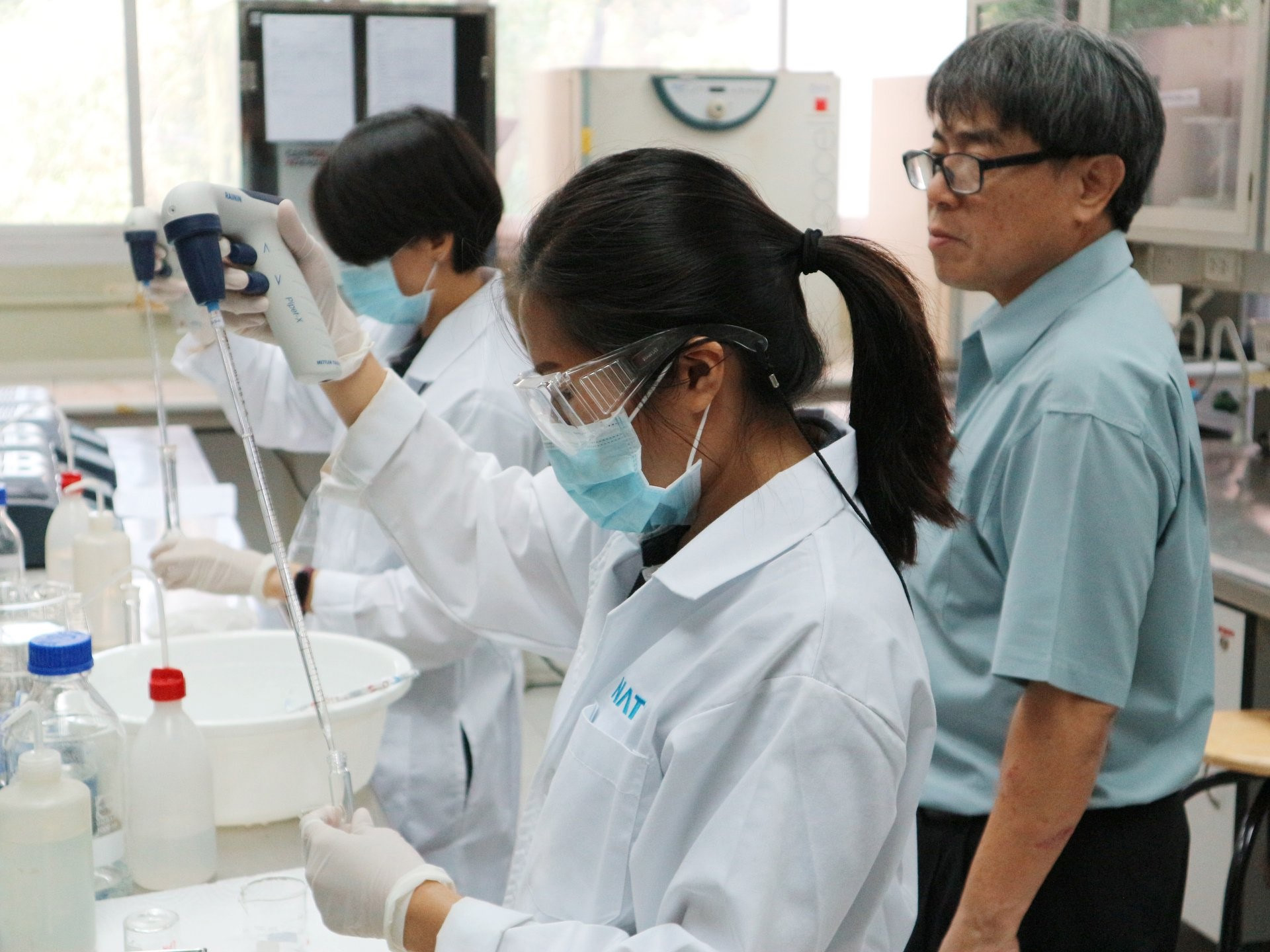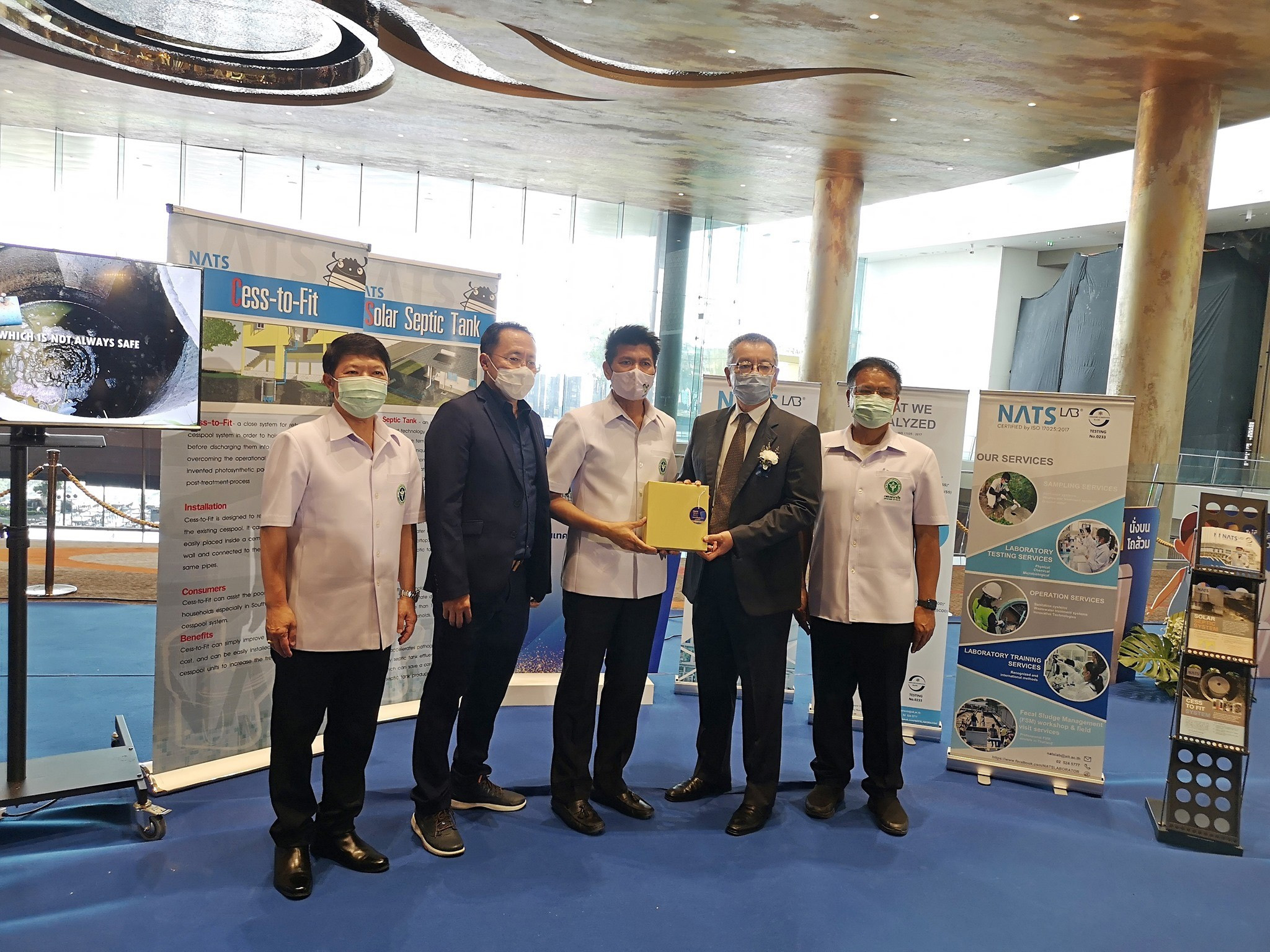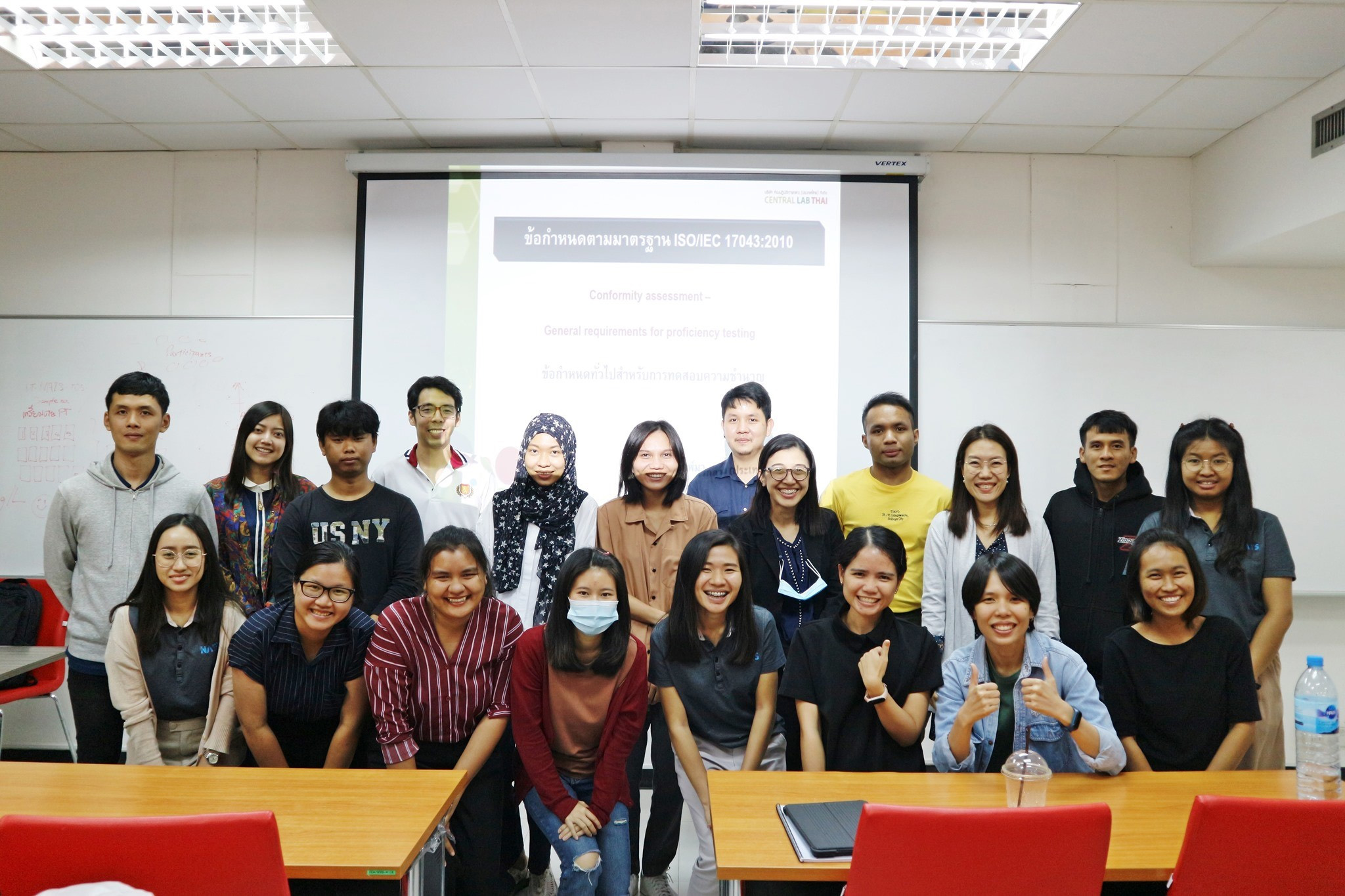Effect of harmful Algal bloom on human
Harmful algal blooms are a major environmental problem. Red tides, blue-green algae, and cyanobacteria are examples of harmful algal blooms that can have severe impacts on human health, aquatic ecosystems, and the economy.
Harmful algal blooms sometimes create toxins that are detrimental to fish and other animals. After being consumed by small fish and shellfish, these toxins move up the food chain and can impact larger animals like sea lions, turtles, dolphins, birds, and manatees. Even if algal blooms are not toxic, they can negatively impact aquatic life by blocking out sunlight and clogging fish gills.
How to identify harmful algal bloom.?
• Seeing colors, foam, scum, algal mats, or paint-like streaks on the surface
• Smells bad.
• Has dead fish or other animals washed up on its shore or beach.
The symptoms when poisoned by harmful algal bloom.
• Contacting can cause skin and eye irritation.
• Inhalation can cause respiratory irritation and exacerbate pre-existing respiratory conditions.
• Ingestion can cause acute gastrointestinal symptoms, such as vomiting and diarrhea.
*The health effects can be more serious, especially for small pets due to their smaller body weights.
Some cyanobacteria produce toxins, called cyanotoxins, that are harmful to people and animals. In May 2019, EPA released guidance on allowable levels of two of those toxins – recommended magnitude for cyanotoxins 8 µg/L of microcystin and 15 µg/L cylindrospermopsin. These toxins produce a variety of health impacts, depending on the magnitude and type of exposure, that range from skin irritation to neurological effects.
So, when you see a water source with harmful algal blooms:
• Don't swim and avoid contact in areas of algae concentration, even on shore.
• Don't eat contaminated fish or shell. (Okadaic acid produced by Dinophysis spp. can easily accumulate in shellfish and finfish it causes diarrheic.)
• Don't drink water from contaminated water sources.
Take care of your health.
References: https://www.hadleyma.org/.../pages/blue-green-algae-blooms
https://www.epa.gov/.../hh-rec-criteria-habs-factsheet...
https://www.epa.gov/nutrientpollution/harmful-algal-blooms
--------------------------------------------------------------------------
การสะพรั่งของแพลงก์ตอนพืชที่สร้างพิษ (??????? ????? ?????)
การสะพรั่งของแพลงก์ตอนพืชที่สร้างพิษ เป็นปัญหาสิ่งแวดล้อมที่สำคัญ กระแสน้ำสีแดง สาหร่ายสีเขียวแกมน้ำเงิน และไซยาโนแบคทีเรียเป็นตัวอย่างของการสะพรั่งของแพลงก์ตอนพืชที่สร้างพิษ ซึ่งอาจส่งผลกระทบรุนแรงต่อสุขภาพของมนุษย์ ระบบนิเวศทางน้ำ และเศรษฐกิจ
การสะพรั่งของแพลงก์ตอนพืชที่สร้างพิษ บางครั้งก็สามารถเป็นอันตรายต่อปลาและสัตว์อื่นๆ ได้ หลังจากถูกปลาขนาดเล็กและหอยกินเข้าไป สารพิษเหล่านี้จะเคลื่อนตัวขึ้นสู่ห่วงโซ่อาหารและอาจส่งผลกระทบต่อสัตว์ขนาดใหญ่ เช่น สิงโตทะเล เต่า โลมา นก และพะยูน แม้ว่าสาหร่ายจะไม่เป็นพิษ แต่ก็สามารถส่งผลเสียต่อสิ่งมีชีวิตในน้ำได้โดยการบดบังแสงแดดและทำให้เหงือกปลาอุดตัน
เราจะระบุชนิดของแพลงตอนพืชที่เป็นอันตรายได้อย่างไร?
• สังเกตจากสี, ฟอง, เป็นฝา, เป็นแผ่นสาหร่ายลอยบนผิวน้ำ
• มีกลิ่นเหม็น
• มีปลาตายหรือสัตว์อื่นๆ ที่เกยตื้นที่ริมฝั่งหรือชายหาด
อาการเมื่อถูกพิษจากการสะพรั่งของแพลงตอนพืช
• การสัมผัสอาจทำให้ผิวหนังและดวงตาระคายเคืองได้
• การสูดดมอาจทำให้เกิดการระคายเคืองต่อระบบทางเดินหายใจและทำให้สภาวะทางเดินหายใจที่มีอยู่เดิมรุนแรงขึ้น
• การกลืนกินอาจทำให้เกิดอาการระบบทางเดินอาหารเฉียบพลัน เช่น อาเจียนและท้องร่วง
*โดยเฉพาะสัตว์เลี้ยงขนาดเล็กอาจได้รับผลกระทบต่อสุขภาพอาจร้ายแรงกว่า เนื่องจากน้ำหนักตัวที่น้อยกว่า
ไซยาโนแบคทีเรียบางชนิดสามารถสร้างสารพิษที่เรียกว่าไซยาโนท็อกซินซึ่งเป็นอันตรายต่อคนและสัตว์ ในเดือนพฤษภาคม 2019 EPA ได้เผยแพร่คำแนะนำเกี่ยวกับระดับที่อนุญาตของสารพิษสองชนิดเหล่านั้น ขนาดที่แนะนำสำหรับ microcystin คือ 8 µg/L และ cylindrospermopsin คือ 15 µg/L สารพิษเหล่านี้สามารถส่งผลกระทบต่อสุขภาพได้หลากหลาย ขึ้นอยู่กับขนาดและประเภทของการสัมผัส ซึ่งมีตั้งแต่การระคายเคืองต่อผิวหนังไปจนถึงผลกระทบต่อระบบประสาท
ดังนั้น เมื่อคุณเห็นแหล่งน้ำที่มีการสะพรั่งของแพลงตอนพืชที่เป็นพิษ ให้ป้องกันการเกิดความเจ็บป่วยโดย
• อย่าว่ายน้ำและหลีกเลี่ยงการสัมผัสบริเวณที่มีแพลงตอนพืชเข้มข้น แม้แต่บนชายฝั่ง
• อย่ากินปลาหรือเปลือกที่ปนเปื้อน (กรด Okadaic ที่ผลิตโดย Dinophysis spp. สามารถสะสมในหอยและปลาครีบได้ง่าย อาจทำให้เกิดอาการท้องเสีย)
• อย่าดื่มน้ำจากแหล่งน้ำที่มีการปนเปื้อน
ดูแลสุขภาพกันด้วยนะคะ
อ้างอิง: https://www.hadleyma.org/.../pages/blue-green-algae-blooms







